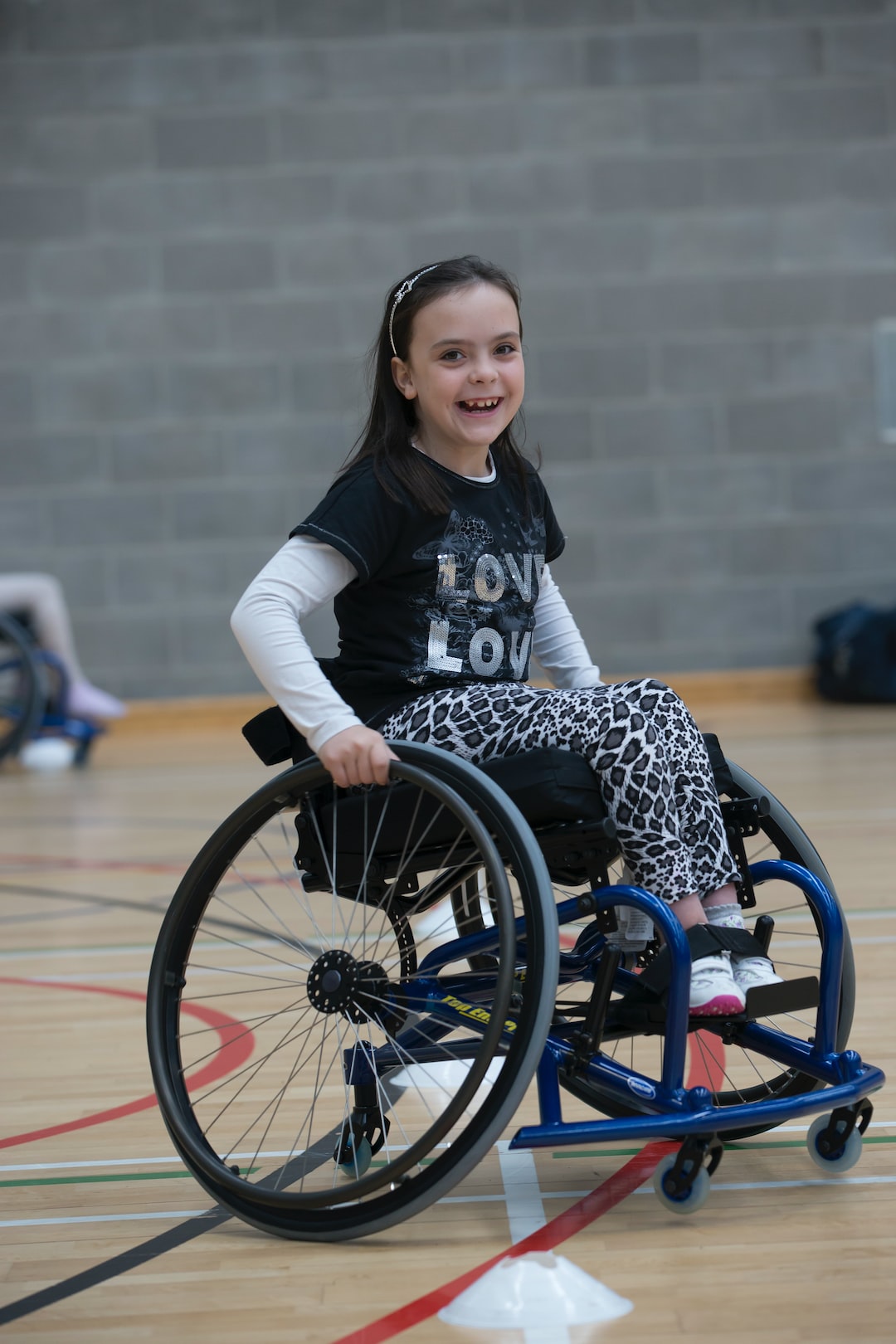When it comes to looking after NDIS clients with sensory issues, it is important to understand the difference between hypersensitivity and hyposensitivity. sensory ndis clients may have difficulty processing information from their senses, which can significantly impact their daily lives.
Hypersensitivity, also known as sensory overload, is when a person is excessively sensitive to sensory stimuli, such as sounds, smells, touch, and even food textures. Hypersensitive individuals may find it challenging to filter out irrelevant sensory information, leading to a feeling of overwhelming and anxiousness. This can cause a range of symptoms, such as headaches, physical discomfort, anxiety, panic attacks, and even meltdowns.
On the other hand, hyposensitivity or sensory under-responsiveness is when a person is under sensitive to the sensory information around them. They may struggle to register sensory input such as light or sound, and it may take a lot of stimulation before they notice something. This can lead to a lack of awareness or safety concerns.
It is essential to recognize and differentiate hypersensitivity and hyposensitivity to provide appropriate care to sensory NDIS clients. NDIS providers should be aware of the unique signs and cues that each individual presents, as the spectrum of sensory processing disorders is vast and varied. Providers should also consider working with an occupational therapist to develop appropriate sensory management strategies.
The first step in managing sensory NDIS clients is to provide a sensory-friendly environment. This may involve adjusting lighting, minimizing loud noises, reducing clutter, or providing sensory tools such as weighted blankets, earplugs, or fidget spinners. It is also important to establish routines and structure for individuals to feel secure and have a sense of predictability.
Another way to support sensory NDIS clients is to use a sensory diet. A sensory diet involves implementing activities that provide a balanced sensory input throughout the day. For instance, a sensory diet may include incorporating activities that promote tactile stimulation, such as playdough or sensory bins. It may also involve implementing activities that encourage movement, such as jumping jacks, trampoline jumping or swimming. These sensory activities can help individuals regulate their sensory input and promote a sense of calm and well-being.
Overall, it is vital to recognize the varying sensory needs of NDIS clients, and to establish appropriate sensory management strategies. By creating a sensory-friendly environment and utilizing a sensory diet, sensory NDIS clients can thrive, develop their skills, and achieve their goals. Working together to understand, support and provide the necessary tools, will make a significant difference in the lives of those with hypersensitivity and hyposensitivity.

